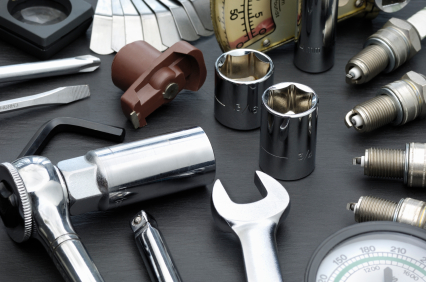Kit Car Insurance For Your Hobby Car
How kit cars are different, insurance considerations before and after building your own car.
A kit car may be the ultimate do-it-yourself project. It allows the hard core car enthusiast to build their own car from the ground up. But as with any car, kit cars need to be insured.
Given the unique nature of the kit car process, it’s insured differently as well. There are several kit car insurance considerations you wouldn’t even consider with standard factory-built cars.
How Kit Cars Are Different
Perhaps the important difference between kit car insurance and other types of auto insurance is the “builder’s risk” aspect of it. Whereas a standard automobile is built in a factory somewhere, and a classic car is built in a factory a long time ago, kit cars are by definition built by private individuals.
Auto factories carry a form of commercial insurance to cover their building process to protect against theft, damage and other perils that may hinder getting the finished product. In the same way, individuals constructing kit cars should insure during the building process as well.
Insuring the Kit Car Build
You should consider insuring a kit car before the first part is ordered. This provides coverage for such things as missing or damaged or parts during the building process. Without this coverage, a mishap involving parts could completely stop the build. After all, how much more useful is an unfinished kit car versus a totaled car?
Both cars just take up space.
Many traditional property and casualty insurers won’t insure kit cars (although some do). Even if your normal company doesn’t insure kit cars, they may have access to a kit car insurance market through a broker.
As with classic car insurance, there are several companies that specialize in the kit car insurance. Alternatively, you can shop for kit car insurance online. Check with your agent or broker for more details.
After Building Your Kit Car
Once the kit car is built, it’s insured in much the same way as a classic car. Material damage is covered at a stated value (generally the total amount spent to build the car) while liability is a secondary concern at best. State minimum liability limits must be satisfied to legally drive a kit car on the road.
If the car is meant to be primarily a display piece it’s not absolutely necessary. As with classic car insurers, most kit car companies won’t insure the finished product unless it’s used for primary transportation.





